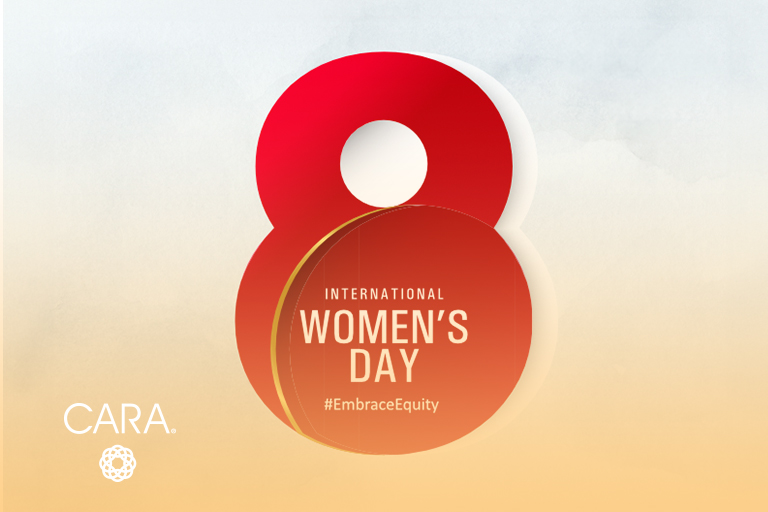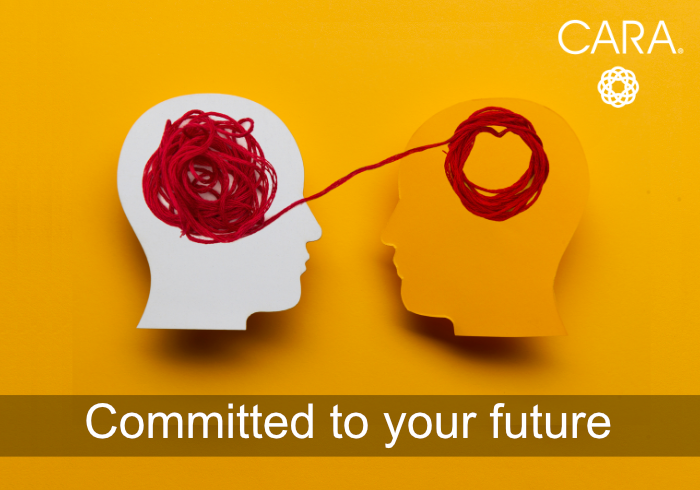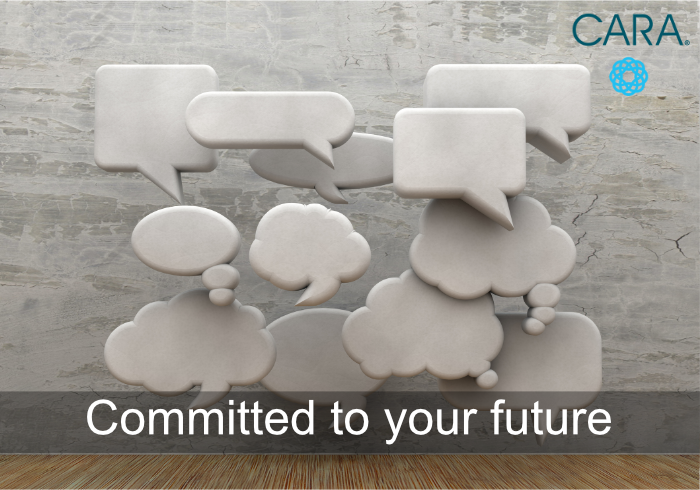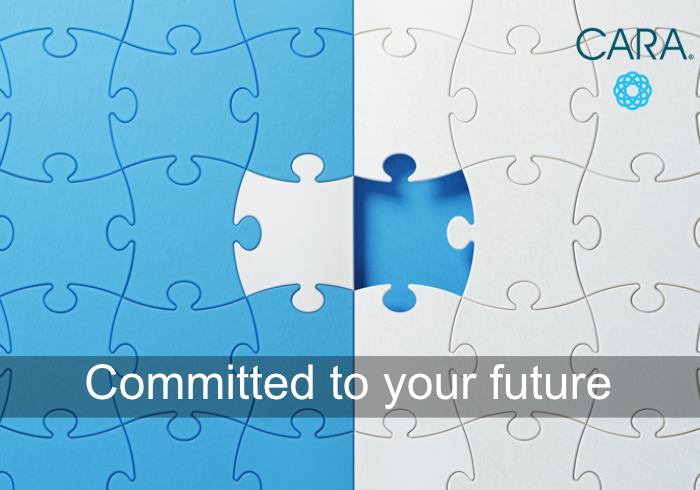
The International Women’s Day theme of #EmbraceEquity couldn’t be more well-timed. As women, we have been committed to, and contributed to, progress for fair and equal treatment in the workplace…

The International Women’s Day theme of #EmbraceEquity couldn’t be more well-timed. As women, we have been committed to, and contributed to, progress for fair and equal treatment in the workplace…

You may be asking yourself “What does it mean to be a future-ready workforce?” Future-ready or future-focused asks how adaptable the organization and its employees are. What are their internal…

We continue to live in a rapidly changing and unpredictable work environment. In many situations, a state of flux has edged out perceived certainty, stability and/or familiarity in the workplace. …

We recently published a blog on the value organizational change management (OCM) delivers. It resulted in the following questions: How do you know OCM delivers value? Can its value be…

In an earlier blog, we introduced the concept of OCM’s value. In support of that value, this blog poses the questions “How do you know?”, “Can you measure it?”, and…

Take a moment and count all the small (and large) changes that have occurred in your lifetime, in the last day, even the last hour. Have you lost count? Personally,…


Why Long Term? In our first blog earlier this year we talked about major business trends. The trends that require significant change and change that is beyond simply the project…

“Leadership engagement is complex, has many moving parts, and involves more than just the current project.” We talk a lot about how leadership must be engaged for change to occur,…

Embedding change increases the likelihood of success and accelerates the timeframe to capture value from organizational transformations. Some recent findings from a McKinsey & Company report[1] highlight the importance of…